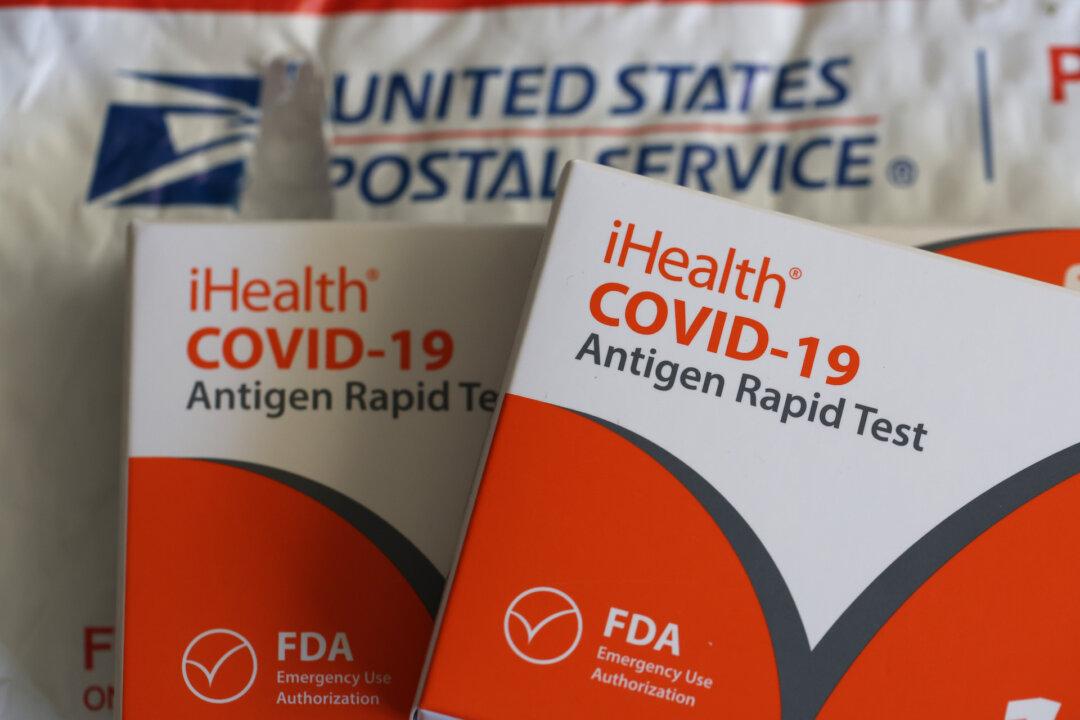The Food and Drug Administration on Tuesday finalized regulations to make available hearing aids to millions of Americans without them requiring to see a doctor.
The FDA’s move comes years after President Donald Trump signed the Over-the-Counter Hearing Aid Act of 2017, which would create a new category of hearing aids and replace state-level regulations that require patients to visit a physician for prescriptions and fittings.




